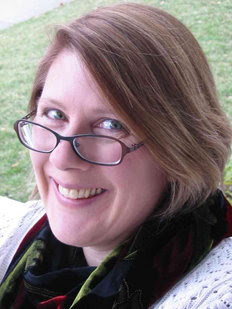
Dr. Sherry Towers has a diverse background in mathematical and computational modeling, applied statistics, informatics, advanced quantitative methods, high performance computing, and data mining. She has over 360 publications on a wide variety of topics that include applied statistics, and mathematical and computational epidemiology and sociology. Her unique trans-disciplinary skill set enables her to examine a wide range of research questions that are at the forefront of her field, and are often of broad interest and importance to policy makers and the general public.
Her diverse research interests include modeling the spread of disease in populations, including influenza, MRSA, ebola, and dengue, and also application of contagion models to examine the spread of ideas and social behaviors within a population.
Several of her publications in epidemiology have received widespread media attention, including forecasts for the progression of the 2009 influenza pandemic, and the 2014 ebola epidemic in West Africa. Both analyses correctly forecast the progression of the epidemics, and her forecast for the 2009 pandemic was discussed in a special US Senate meeting on October 23, 2009 H1N1 Flu: Monitoring the Nation’s response.
Her work in computational sociology has also received international media attention, including an analysis of how media can incite panic in a population, and how contagion may play a role in the temporal patterns observed in mass killings in the US. The latter work has received extensive ongoing media coverage, including on BBC, CNN, NBC, CBS, ABC, FOX, NPR, Reuters, USA Today, Washington Post, Los Angeles Times, The Wall Street Journal, Huffington Post, Christian Science Monitor, Newsweek, The Atlantic, The Telegraph, Vox, and many other local, national, and international news agencies. The study was also profiled in Season 8, Episode 4 of Morgan Freeman's Through the Wormhole documentary series on the Discovery Channel in 2017, "Is Gun Crime a Virus?".
Since 2013, she has been a Research Professor with the Simon A. Levin Mathematical and Computational Modeling Sciences Center at Arizona State University.







